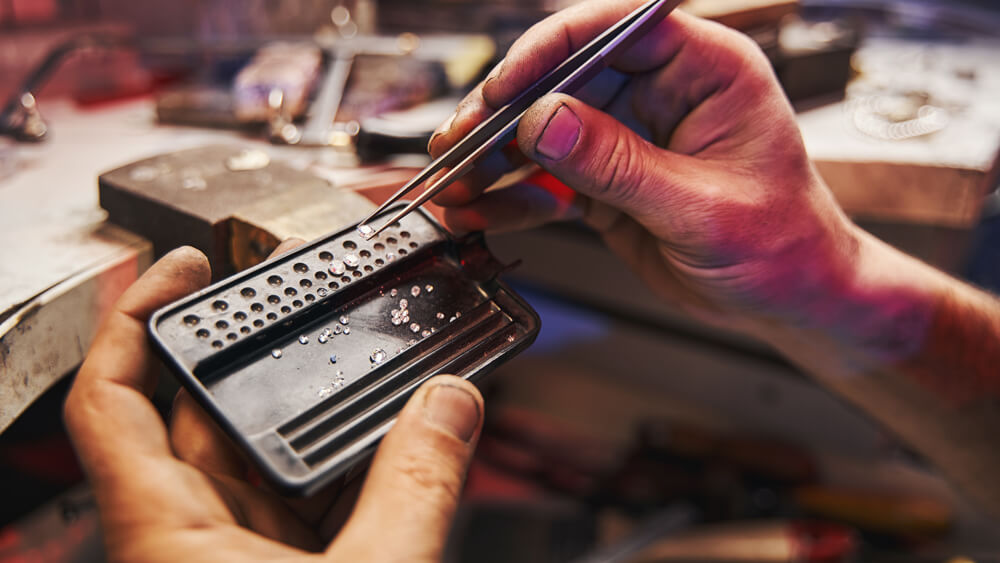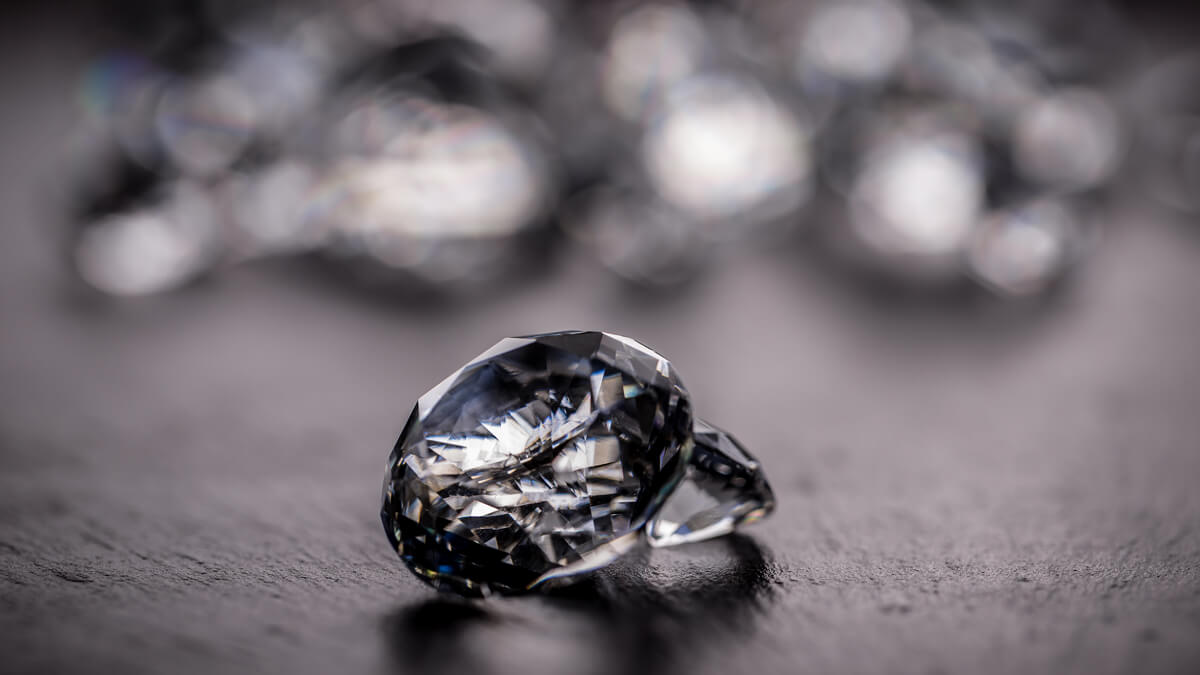Diamonds are one of the most beautiful, popular, and sought-after gemstones in the world. They are known for their brilliance, durability, and rarity. However, not all diamonds are created equal. Different types of diamonds vary in their chemical composition, physical properties, and overall quality. Not only does this affect the price, but, creates a whole new variation of diamond.
Each diamond type has unique characteristics that affect its appearance, value, and overall quality. Let’s take a closer look at the characteristics of each diamond type:
What are diamond types?
Diamonds are classified into different types based on their chemical composition and crystal structure. The most common classification system is the Type Ia and Type IIa system, which is the Gemological Institute of America (GIA). According to this system, diamonds are classified into four types:
Type Ia diamonds
Type Ia diamonds contain nitrogen atoms that are dispersed throughout the crystal lattice. They are the most common type of diamond, accounting for around 98% of all natural diamonds. Type Ia diamonds can be further subdivided into two subtypes: IaA and IaB. IaA diamonds have a higher concentration of nitrogen atoms, which causes them to appear yellow or brown. IaB diamonds have a lower concentration of nitrogen atoms and appear less yellow or brown.
Type Ib diamonds
Type Ib diamonds contain nitrogen atoms that are isolated within the crystal lattice. They are rarer than Type Ia diamonds, accounting for less than 0.1% of all natural diamonds. Type Ib diamonds appear yellow or orange due to the absorption of blue light.
Type IIa diamonds
Type IIa diamonds do not contain any nitrogen atoms in their crystal lattice. They are the rarest type of diamond, accounting for less than 2% of all natural diamonds. Type IIa diamonds are known for their exceptional purity and transparency. They can be further subdivided into two subtypes: IIaA and IIaB. IIaA diamonds are pure and transparent, while IIaB diamonds contain trace elements that can cause them to appear slightly yellow or brown.
Type IIb diamonds
Type IIb diamonds contain boron atoms in their crystal lattice. They are rare, accounting for less than 0.1% of all natural diamonds. Type IIb diamonds are known for their blue or gray color, which is caused by the absorption of red light.
How are diamond types measured?
Diamond types are measured using a method called infrared spectroscopy. Infrared spectroscopy is a technique that uses infrared light to identify the chemical composition of a material. It works by measuring the absorption of infrared radiation by the molecular vibrations of a material. Different chemical compounds absorb infrared radiation at different frequencies, which allows scientists to identify the chemical composition of a material. To measure the diamond type, a small sample of the diamond is extracted and analyzed using infrared spectroscopy.

The infrared spectrometer measures the absorption of infrared radiation by the impurities in the diamond, which allows the diamond type to be determined. The process is non-destructive and does not harm the diamond in any way.
Conclusion
Diamonds are a valuable gemstone that comes in different types and colors. These are especially useful when discussing custom engagement rings / wedding rings, or industrial tools. Understanding the different diamond types and their characteristics is essential when buying a diamond engagement ring or other jewelry piece. Each diamond type has unique features that affect its appearance, value, and overall quality. By knowing the diamond type, you can make an informed decision about which diamond to buy and ensure you get a high-quality and valuable gemstone.



